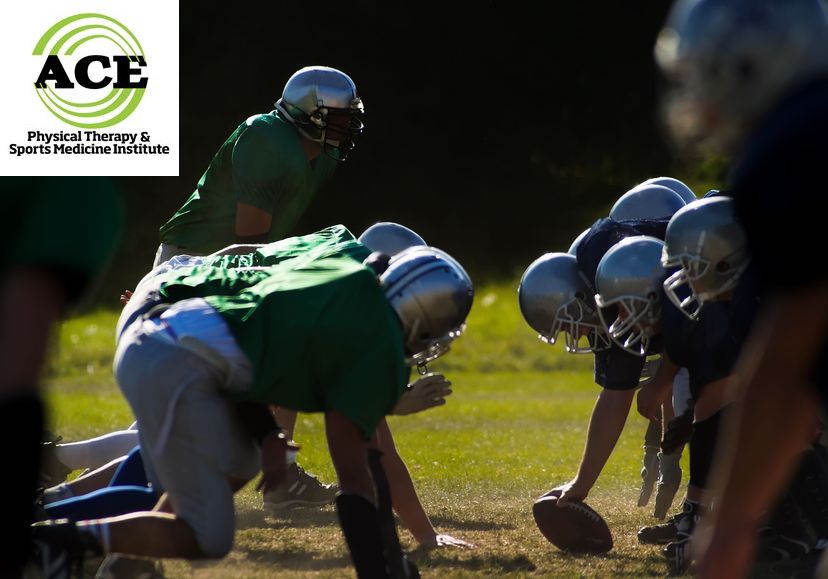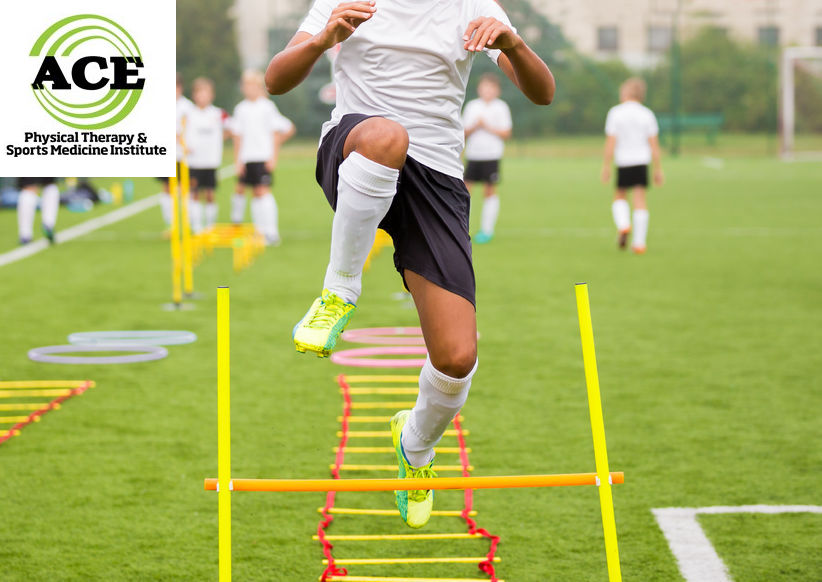MONITORING WORKLOADS TO AVOID INJURIES IN PRACTICE

Tid Bits of Info
- Sensors are routinely used to assess impact forces within head gear hoping to reduce the incidence of concussions.
- Sensors can assess the amount of valgus stress on a pitcher’s elbow and hopefully reduce the frequency of “Tommy John” surgeries.
- Cumulative workloads are routine much greater in the pre-season compared to the in-season practice time.
- Every NFL team has access to this technology and it will have a greater impact on injuries than a reduction in contact or practice time.
- If you get injured, seek the advice and treatment from a Physical Therapist.
Vince Lombardi once said, “perfect practice makes perfect.” How can players practice perfectly and still avoid injuries during practice and pre-season? One trend has been to simply reduce contact or certain types of activities. Unfortunately, this unscientific approach has not effectively prepared athletes for season play. New technologies combined with ongoing research may offer a solution for perfect practice and reduced injuries.
Pre-Season Injuries
All sporting events can potentially cause injury, particularly contact sports. As it turns out, there are high number of injuries during the NFL pre-season. One recent study of the National Football League (NFL) revealed that more Anterior Cruciate Ligament (ACL) injuries occurred during the month of August than any other month. This is the prime pre-season month for the NFL. Another study found that more than 50% of all hamstring injuries occurred in the NFL preseason. This brings to question what changes in the pre-season routine/schedule can be made to help the players avoid injuries.
Reducing Injuries
One common approach to reduce injuries has been to simply shorten practice times and to limit contact during pre-season. Now there are more effective tools for focusing on injury reduction. New technologies are being developed that can monitor the specifics of an individual’s practice routine. More specifically these monitoring devices keep tabs on the “workload” of a player during the practice.
Most of these devices use a global positioning system (GPS) that can mark and track the activity level of an individual during a particular time period. These devices cannot determine the “workload” of a specific joint anatomical structure, but can follow a person’s activity level and provide information that healthcare providers and coaches can utilize to make adjustments that will hopefully reduce injuries to the players.

There are other monitoring devices in development that are more sensitive to specific anatomical structures. These sensors are placed on body parts that at to be studied and monitored to observe the “workload” that is present during the practice or game. These sensors could provide enough information that could change the entire way a player is trained and “utilized” as a participant in a particular sport. These sensors can track impact forces, angular speeds, forces and compressive forces within specific anatomical structures. Once this information is analyzed, changes in conditioning and participation should be made to the athlete’s schedule and routine in hopes of avoiding an injury.
Injuries will occur when athletes participate in sporting events. Treatment of those injuries usually involve attending Physical Therapy. Today, visiting a Physical Therapist is easy and does not require a doctor’s prescription, but your insurance might require that you have a referral from your primary care physician.
Injury prevention is a must and to develop a program that will enable the athlete to develop the skill set needed to excel and be “perfect” there has to be more scientific ways to monitor there activity and not rely simply on reducing the frequency or type of practice.
























